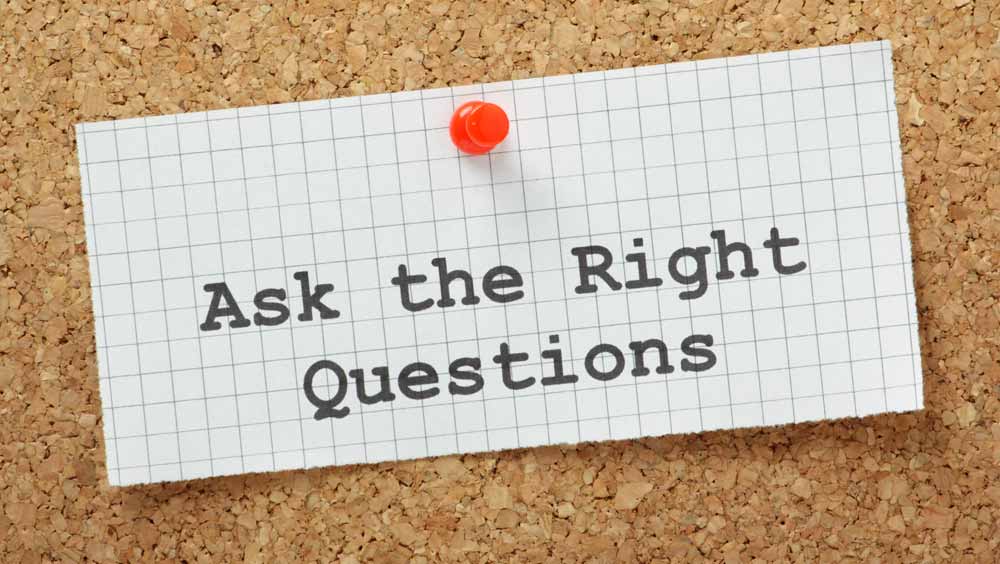 By Jay Matthews
By Jay Matthews
Original Source: The Washington Post
Originally posted August 24, 2014
Fourteen years ago, I wrote a Washington Post magazine piece about a young couple seeking a school for their daughter, including 12 things to look for in a good school. The article survives online. Parents still ask me if I would change any of those recommendations.
I would, a bit. Here is the original list, with my updates in italics:
1. A Good Principal. Spend at least 30 minutes with the principal. Five or more years experience at the school is a good sign. If the school has had more than two principals in the past five years, that’s a bad sign. Be particularly cautious if the principal doesn’t have 30 minutes to see you. I stand by this, and never had principals complain they couldn’t handle it.
2. What It Feels Like. Don’t discount the mood and the atmosphere. Are the walls gaily decorated? Are the teachers friendly? Do the children seem happy? Yes.
3. Active Parents. Never put your child in a school without speaking to at least two parents already there, including at least one PTA officer. If you can’t find such a person, or if there’s no active PTA or equivalent organization, beware. Still true.
4. Good Teachers. If average scores are in the 70th percentile, or are rising year to year, that’s a good sign. But more important is the quality of the teachers your child will likely get. Ask experienced parents about them. Fourteen years of the most intense focus on test scores in U.S. history have taught me to distrust the results. Some schools with great scores are not so good, and vice versa. Let parents be your guide.
5. Long-Term Superintendent. Most urban systems, including the District, average little more than three years per superintendent, and yet have many good schools. But a suburban system with rapid superintendent turnover is less common and a matter for concern. If the principal impresses you, don’t worry about the superintendent.
6. A Well-Stocked and Well-Used Library. Are there enough books and computer terminals? And how many students are using them? A library full of kids is a sign of health. This will always be true.
7. Using Every Minute. Are there before-school classes for students with special needs? Is there tutoring available at lunch or after school? Are there Saturday sessions? An active summer school? I would put more emphasis now on tutoring, unless of course you can do that yourself.
8. High Expectations. Are there accelerated classes? Gifted student services? Are these available for all students who want them, not just for those who have high grades? Look for signs of enrichment outside the classroom — student musicals, publications and athletic contests. I no longer think gifted services are important so long as you are sure your child will be challenged.
9. Connections to Adults. Some schools have set up systems to ensure that at least one school employee — a teacher, a counselor, an aide, a coach — knows each child and his or her family well. Such schools are rare gems.Still correct.
10. Safety. This is less likely to be a problem than the headlines would suggest. If you are comfortable living in your community, then the neighborhood school almost certainly will be safe enough for you. If you are looking at a school far from home, talk to parents who send their children to that school. Yes.
11. Challenges Ahead. Does the high school your child is headed for have Advanced Placement, International Baccalaureate or Advanced International Certificate of Education courses? Does it provide dual enrollment in local college courses? Are such programs open to any student who wants them? This remains very important.
12. Listen to Your Heart. The school may pass all these tests, and yet you’re still not sure. If there’s another school you like better, even if it doesn’t look as good on paper, go there. Still true. How is your child going to be comfortable with the school if you’re not?